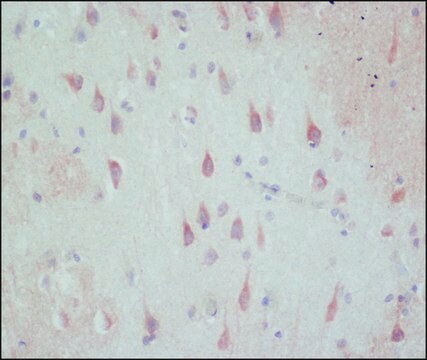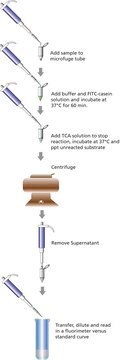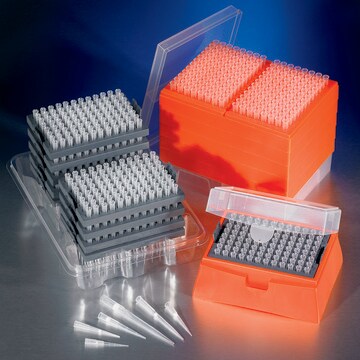MAB316
Anti-GABA Antibody, clone 5A9
clone 5A9, Chemicon®, from mouse
About This Item
Productos recomendados
biological source
mouse
Quality Level
antibody form
purified antibody
antibody product type
primary antibodies
clone
5A9, monoclonal
species reactivity (predicted by homology)
mammals
manufacturer/tradename
Chemicon®
technique(s)
ELISA: suitable
immunohistochemistry: suitable
western blot: suitable
isotype
IgG1
shipped in
wet ice
target post-translational modification
unmodified
Gene Information
human ... GABRA1(2554)
Specificity
Immunogen
Application
Immunoblotting not recommended due to low molecular wgt: 103Da.
Optimal working dilution must be determined by the end user.
Neuroscience
Neurotransmitters & Receptors
Physical form
Storage and Stability
Analysis Note
Myeloblasts, lymphocytes, erythroblasts
Other Notes
Legal Information
Disclaimer
¿No encuentra el producto adecuado?
Pruebe nuestro Herramienta de selección de productos.
Storage Class
12 - Non Combustible Liquids
wgk_germany
WGK 2
flash_point_f
Not applicable
flash_point_c
Not applicable
Certificados de análisis (COA)
Busque Certificados de análisis (COA) introduciendo el número de lote del producto. Los números de lote se encuentran en la etiqueta del producto después de las palabras «Lot» o «Batch»
¿Ya tiene este producto?
Encuentre la documentación para los productos que ha comprado recientemente en la Biblioteca de documentos.
Nuestro equipo de científicos tiene experiencia en todas las áreas de investigación: Ciencias de la vida, Ciencia de los materiales, Síntesis química, Cromatografía, Analítica y muchas otras.
Póngase en contacto con el Servicio técnico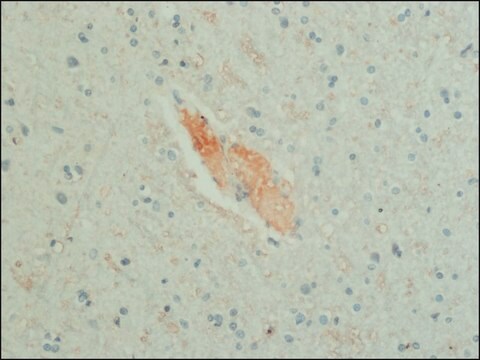

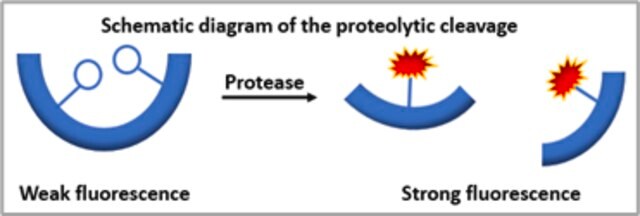
![StreptaWell™ (transparent 96-well) pkg of 5 plates (11664778001 [12 x 8 well strips and frame]), pkg of 15 plates (11734776001 [96 wells])](/deepweb/assets/sigmaaldrich/product/images/120/082/4ba5a04b-f4d7-49e0-9467-40c6b3cbb9b0/640/4ba5a04b-f4d7-49e0-9467-40c6b3cbb9b0.jpg)
